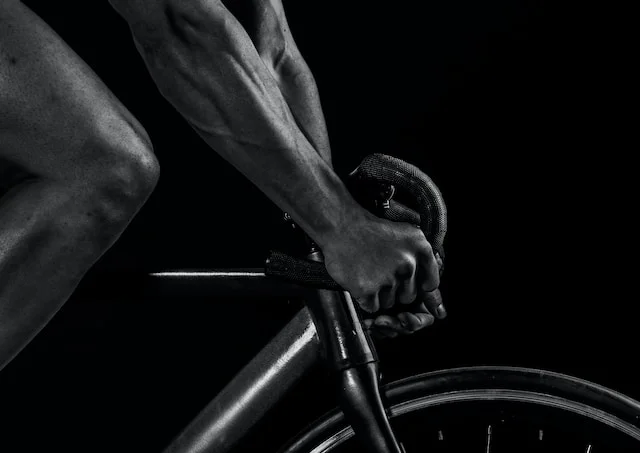The pectoral muscles, commonly known as the pecs, are prominent muscles located in the chest region of the human body. They play a crucial role in a wide range of upper body movements, including pushing, lifting, and hugging. In this article, we will explore the anatomy, function, and significance of the pectoral muscles.
Anatomy of the Pectoral Muscles
Before delving into the specifics of the pectoral muscles, it’s important to understand their anatomical structure:
Composition of the Pectoral Muscles
The pectoral muscles consist of two main components:
- Pectoralis Major:
- Location: This large, fan-shaped muscle is situated on the anterior (front) chest wall.
- Function: The pectoralis major is responsible for various movements of the arm, including adduction, flexion, and medial rotation.
- Pectoralis Minor:
- Location: Found beneath the pectoralis major, it is a smaller, triangular muscle.
- Function: The pectoralis minor assists in stabilizing the scapula (shoulder blade) and plays a role in elevating the ribs during deep inhalation.
Function of the Pectoral Muscles
The pectoral muscles are involved in a wide array of upper body movements:
- Pushing Movements: The pectorals are crucial for activities like pushing a door open, performing a push-up, or lifting weights in a bench press.
- Arm Movements: They play a significant role in actions such as throwing a ball, pushing a heavy object, or raising the arm forward.
- Stabilization of the Shoulder: The pectoralis minor helps stabilize the scapula, allowing for controlled movements of the arm.
- Assisting in Breathing: The pectoralis minor aids in the elevation of the ribs during deep inhalation.
Significance of the Pectoral Muscles in Exercise and Athletics
The pectoral muscles are of great importance in various sports and physical activities:
- Weightlifting: Bench presses, both with dumbbells and barbells, are primary exercises for targeting the pectoral muscles.
- Bodybuilding: Bodybuilders often focus on developing well-defined pectorals to enhance the aesthetics of their chest.
- Sports Involving Upper Body Strength: Activities like boxing, wrestling, and martial arts rely on strong pectoral muscles for powerful punches and grappling techniques.
Preventing Pectoral Injuries
Maintaining the health and strength of the pectoral muscles is crucial in preventing injuries. This can be achieved through regular chest exercises, proper warm-up techniques, and balanced strength training routines.
Conclusion
The pectoral muscles are vital components of the upper body, enabling a wide range of movements and activities. Understanding their anatomy and function provides valuable insights for athletes, fitness enthusiasts, and healthcare professionals. Incorporating targeted exercises and preventive measures can help optimize the performance and health of the pectoral muscles.






